Podcast 531: Fixing Old Felt, Outsulation Penetrations, and Demolition by Neglect
The crew hears about carbon and workwear for women before taking questions about repairing asphalt felt, vent terminations, and demolition by neglect.
Follow the Fine Homebuilding Podcast on your favorite app. Subscribe now and don’t miss an episode:
 |
Help us make better episodes and enter for a chance to win an FHB Podcast T-shirt:
www.finehomebuilding.com/podcastsurvey
John says solar PV is a good value. David thinks we should know about Dovetail Workwear. Chris asks, “Who needs a digital shower valve?” Pat wants to know if replacing or repairing a felt WRB is the way to go when re-siding. James needs a wall cap made for outsulation. Mitch asks about demolishing a historical house by neglecting basic repairs. Patrick shares a story about diagnosing a problem bath fan.
Editor Updates:
- Kiley: new ADU place
- Andrew: snow storm
- Jeff: podcast recordings
- Patrick: library ladder
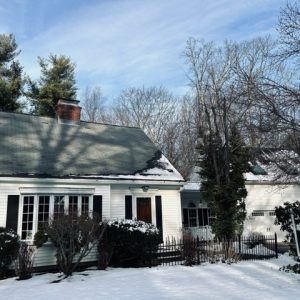 |
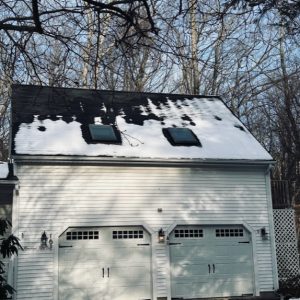 |
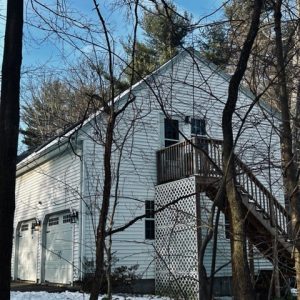 |
|
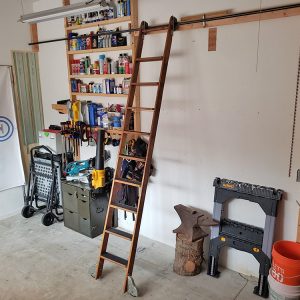 |
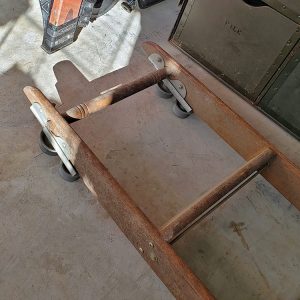 |
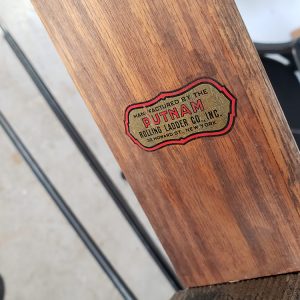 |
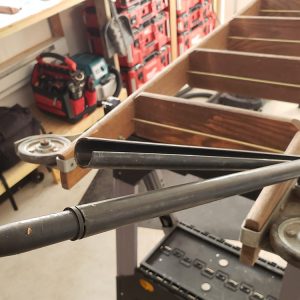 |
Listener Feedback 1:
John writes: Hey podcast crew, Thanks so much for having the recent 2 carbon-focused Pro Talks. Chris was excellent, and the 2 from Peak’s Island near me in Maine was wonderful. I think that when answering questions from readers, you guys should try to keep in mind what the Peak’s Island crew called non-negotiable – almost no foam, little concrete, and no vinyl.
Ian, put up the solar yourself. You’ll enjoy it, and save around 150% from my estimation. Yes, the tax credit can’t count toward your own labor unless you bill your business, but it’s cheap now. You should be able to do it for around $1/watt now. I’m pursuing developing a 150kW system across the street to feed whoever will pay me $2/watt for the whole project. They allow off-site net metering in Maine.
As for ZIP tape on the bottoms of posts, you may have already decided, but I’d save it. It’ll last in the case, right? I think you’d save by getting the post wrap at Menards and maybe doing 1 row of ZIP tape around the top for an added seal. My dad wrapped his posts for his solar array like that. Maybe a foot or so above and below ground level.
Cheers, John
Related Links:
- Nearly Invisible Solar Panels for Standing-Seam Metal Roofs
- The Steady Surge in Residential Solar
- Rules for Rooftop Solar
Listener Feedback 2:
David in Bloomington, Indiana writes: Have you guys interviewed these gals yet? Dovetail Workwear. I’m a few episodes behind. My wife loves her pants from Dovetail, and I thought their mission statement (see below) about encouraging women to enter and succeed in non-traditional occupations would be a perfect fit for the podcast.
I love the podcast and one of these days I’ll send my question about HVAC and air-tightening our 1920s foursquare.
Hey David, Thank you for supporting workwear made by, for and with women. Together we support women to enter and succeed in non-traditional occupations. We envision the future as all women fulfilling their personal potential, thriving in their work, and strengthening their communities. Glad to have you on the Dovetail crew.
–Kate, Sara and Kyle —Founders, Dovetail Workwear
Related Links:
- Women Do Exist in the Construction Trades
- Educational Opportunities are Key to Diversifying Builders
- Why I Build: Jane DeWitt, Stonemason
Listener Feedback 3:
Chris in Chicago writes: Greetings again from Chicago FHB crew.
Your discussion about digital shower valves in Episode 523 was great in how it expanded into how technology overcomplicates things that don’t need to get any more complicated. You are completely right about minisplits kind of being a black box for the guys who are called to fix them. Parts and information about them are not readily available at the local supply house and employers are loath to pay for training.
The commercial world is even worse with all the proprietary controls and software on everything. If you are lucky enough to be trained on a piece of equipment, when you do need a part for it the supplier will tell you it is obsolete, or the software needs to be updated. Planned obsolescence has been reduced to a couple years. It’s become so that the plumber and HVAC guys have to be an expert in networking and IT on top of all that is needed to know about that trade already.
I ask you guys, do we really need a digital shower valve? Do you really need to have your water heater connected to your phone? Can’t wait for the 13-year-old hacker next door turning off everything in your house including your digital keypad door lock because it’s all networked together and online.
Keep the great conversation coming.
Related Links:
Question 1: Should I use tar paper or housewrap?
Pat writes: I am renovating an old farmhouse that was built in the 1930s. It has cedar shingles as the exterior layer on top of tar paper that is on top of ¾” pine shiplap. I am going to replace the shingles and was wondering if I should go back with tar paper where it is ripped or removed or go with conventional housewrap? Or add a layer of housewrap over the tar paper?
Related Links:
Question 2: How do I install a vent cap in an exterior wall?
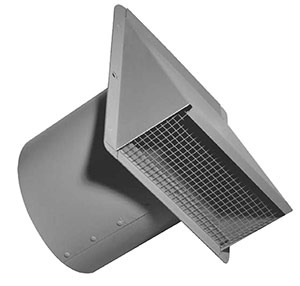
I have purchased a metal, flanged exhaust wall cap (picture attached) for my range hood but I have not found any reliable instructions on how to install it… I assume I will have to remove a small section of the exterior insulation to get to the WRB, but then the details get a little foggy. Does the cap flange go in front, or behind, or somehow in line with, the siding? How could I seal the hole in the WRB around the round metal duct? Do I need to build a waterproof “box” from the WRB to the back of the metal flange and seal the flange to that? Or perhaps I need a different kind of exhaust cap?
Thanks in advance for any suggestions!
P.S. On the topic of installing long screws through insulation, I did not have a drill press to work with, as suggested by Mike and on GBA, but I did have a small Kreg cabinet hardware jig, which I used to predrill exactly 90-degree holes in my strapping. This greatly improved my rate of hitting the studs with the long screws!
Related Links:
Question 3: Remind me of a building preservation term you used?
Mitch Tuthill, Owner of City of Lakes Builders LLC, writes: Hey Guys, “Long-time caller, first-time listener here”—just kidding, have been a long-time follower of Taunton in many different iterations. I’ve had a term in my head that I heard Patrick use a while back, and it really nailed a process for me, but I can’t remember what the words were. Please help.
The context under which it was being used was building preservation. The term denoted the horrible process some developers use to let a landmark property fall into such disrepair that preservation is simply a bridge too far. For example, stripping the roof to allow Mother Nature to take her toll more swiftly.
Patrick had a name for this maneuver that may have been made up, but I really thought it summed up this type of behavior. I’ve been searching for this lately, because (as Andrew can attest to) some of Minneapolis’ buildings seem to be headed in the direction of being declared “blighted,” allowing treatment of and uses for the building that would never be allowed if they were kept up.
Related Links:
- Demolition-By-Neglect
- It Was an Abandoned, Barely Built Mansion. They Made It a Real Home
- Preservation Carpentry Keeps Craft Alive
Question 4: How to trouble-shoot a faulty bath fan?
Seen on social media: One of my friends on social media wrote that her bath fan wasn’t working. She described how the duct was routed, and she said it might be kinked, which indicated to me that it was connected to the outside with flex duct. When she holds a tissue to the fan it falls down.
Could it be the damper taped shut, outlet clogged, dirty squirrel cage, saggy hose filled with water, etc.?
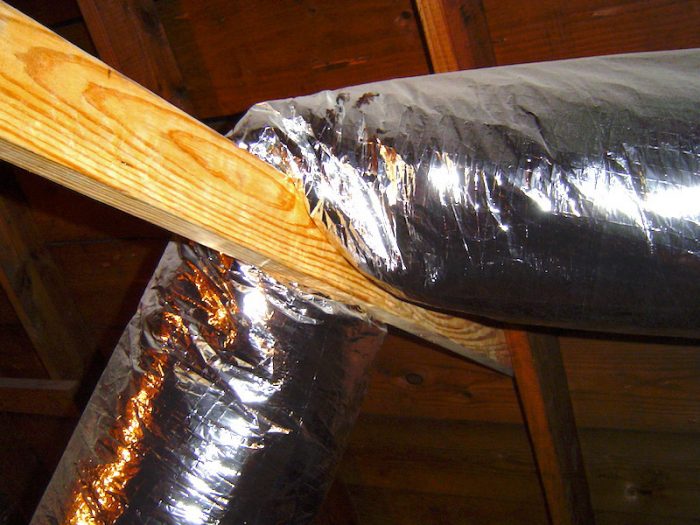
Related Links:
- Common Causes for an Inefficient Duct System
- Adding a Bathroom Fan
- How To Prevent Bath-Fan Condensation
END NOTES:
Podcast 531: Member’s-only Aftershow — ADUs Are a Solution
The crew talk about auxiliary dwelling units and how they can improve neighborhoods and help solve the housing shortage.
Check out one of our Project Guides: Siding & Exterior Trim!
Check out our FHB Houses:
Visit the Taunton Store • Magazine Index • Online Archive • Our First Issues • All Access
Help us make better episodes and enter for a chance to win an FHB Podcast T-shirt: www.finehomebuilding.com/podcastsurvey

If you have any questions you would like us to dig into for a future show, shoot an email our way: [email protected].
If we use your question we’ll send you a FHB Podcast sticker!
FHB Podcast T-shirts!
Represent your favorite podcast! Available in several styles and colors. Made from 100% cotton. Find the Podcast t-shirt and more cool products in the Fine Homebuilding Store.
| Fine Homebuilding podcast listeners can now get 20% off anything in the Taunton store, including Pretty Good House.
Use the discount code FHBPODCAST to take advantage of this special offer. |
 |
“Finally, knowledgeable people talking about building reasonably-sized, high-performance houses for normal people with real budgets!” — DanD, VA, 8/19/22, Amazon.com review |
We hope you will take advantage of a great offer for our podcast listeners: A special 20% off the discounted rate to subscribe to the Fine Homebuilding print magazine. That link goes to finehomebuilding.com/podoffer.
The show is driven by our listeners, so please subscribe and rate us on iTunes or Google Play, and if you have any questions you would like us to dig into for a future show, shoot an email our way: [email protected]. Also, be sure to follow Fine Homebuilding on Instagram, and “like” us on Facebook. Note that you can watch the show above, or on YouTube at the Fine Homebuilding YouTube Channel.
The Fine Homebuilding Podcast embodies Fine Homebuilding magazine’s commitment to the preservation of craftsmanship and the advancement of home performance in residential construction. The show is an informal but vigorous conversation about the techniques and principles that allow listeners to master their design and building challenges.
Other related links
-
- All FHB podcast show notes: FineHomebuilding.com/podcast.
- #KeepCraftAlive T-shirts and hats support scholarships for building trades students. So order some gear at KeepCraftAlive.org.
- The direct link to the online store is here.


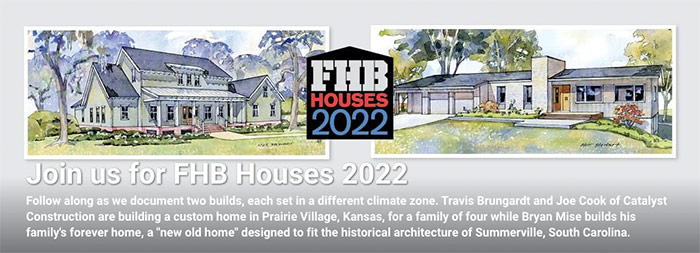






























View Comments
The crew hears about carbon and workwear for women before taking questions about repairing asphalt felt, vent terminations,
Bath fan won't run in reverse if connection is backwards. Home power is AC. However, it is safer to connect correctly.